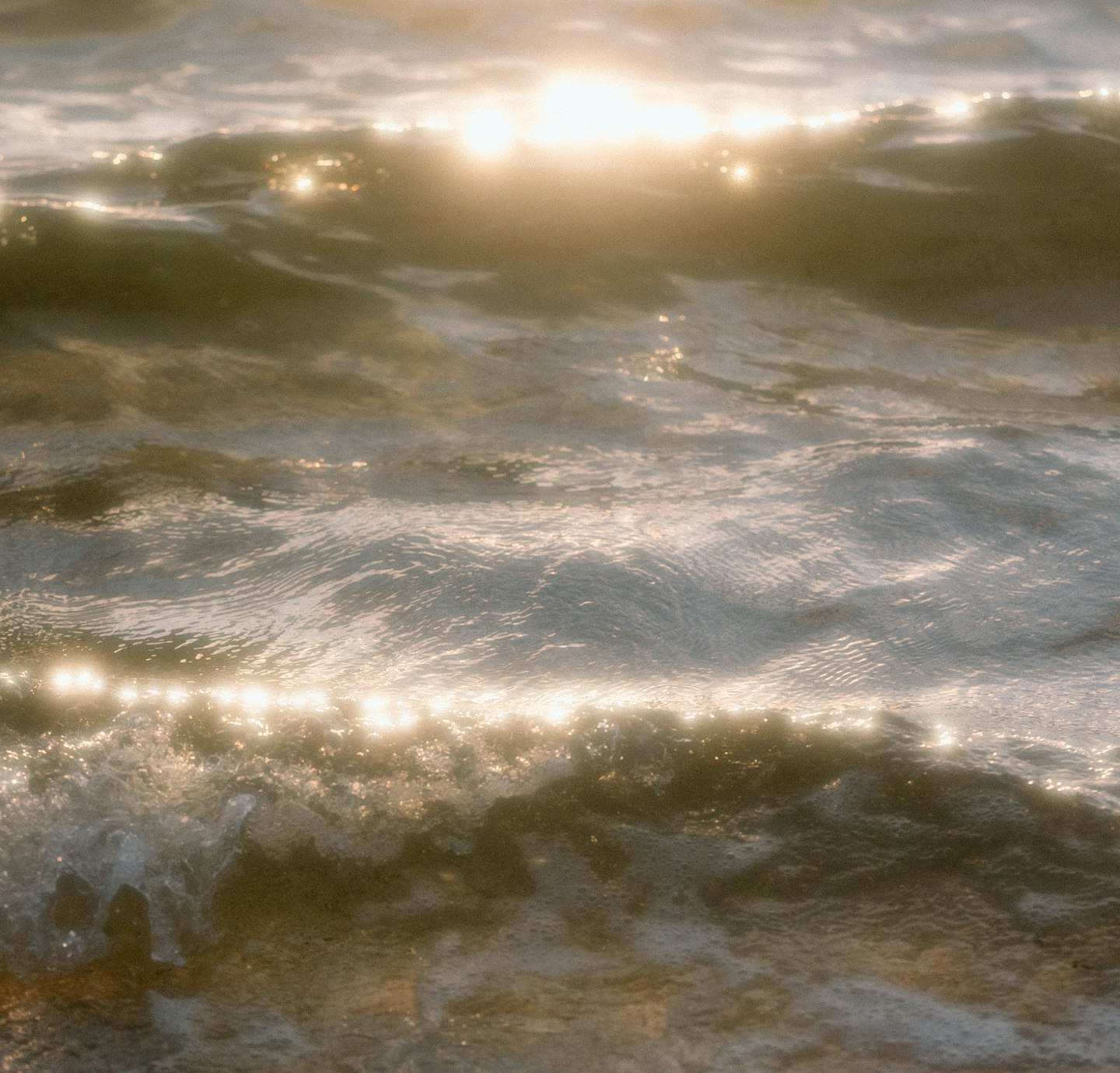Home » My Bookshelf » Poor Things book
My Book Recommendation
Poor Things
Buy this book here, and contribute to girls’ education worldwide (learn more):
Before director Yorgos Lanthimos turned ‘Poor Things’ into a movie, it was based on Alasdair Gray’s acclaimed 1992 novel ‘Poor Things’. This novel was set in Victorian Scotland and follows the story of Bella Baxter, a young woman with a troubled past who is resurrected by an eccentric surgeon named Archibald McCandless using the brain of her deceased husband, Godwin. As Bella navigates her new life, she becomes entangled in a web of manipulation, power struggles, and societal expectations. After reading this novel my initial thought was: what did I just read? Among many things, the novel explores themes of identity, gender dynamics, and the consequences of scientific experimentation, all while offering a satirical commentary on Victorian society.
For more book recommendations, subscribe to my newsletter.
Genre: Fiction
List of awards
Poor Things is now on my list of favorite books. Find some of the awards it has won.
Unknown
Frequently
Asked Questions
Reviews from Insiders:
No reviews from this community yet. Leave your review today!
Leave your review:
Join my Newsletter
For more hand-picked book recommendations, subscribe to my Tiny Bits newsletter.


